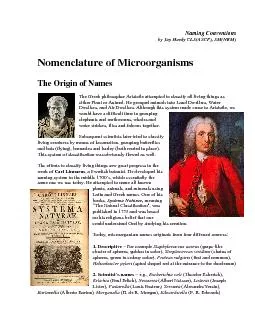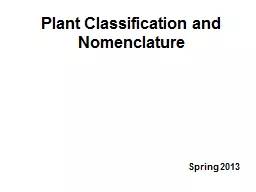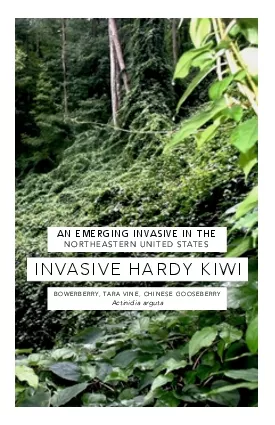PDF-Naming Conventions by Jay Hardy CLS(ASCP), SM(NRM) Nomenclature of M
Author : trish-goza | Published Date : 2015-08-19
The Greek philosopher Aristotle attempteeither Plant or Animal He grouped animals into Land Dwellers Water system made sense to Aristotle we would have a difficult
Presentation Embed Code
Download Presentation
Download Presentation The PPT/PDF document "Naming Conventions by Jay Hardy CLS(ASCP..." is the property of its rightful owner. Permission is granted to download and print the materials on this website for personal, non-commercial use only, and to display it on your personal computer provided you do not modify the materials and that you retain all copyright notices contained in the materials. By downloading content from our website, you accept the terms of this agreement.
Naming Conventions by Jay Hardy CLS(ASCP), SM(NRM) Nomenclature of M: Transcript
Download Rules Of Document
"Naming Conventions by Jay Hardy CLS(ASCP), SM(NRM) Nomenclature of M"The content belongs to its owner. You may download and print it for personal use, without modification, and keep all copyright notices. By downloading, you agree to these terms.
Related Documents














